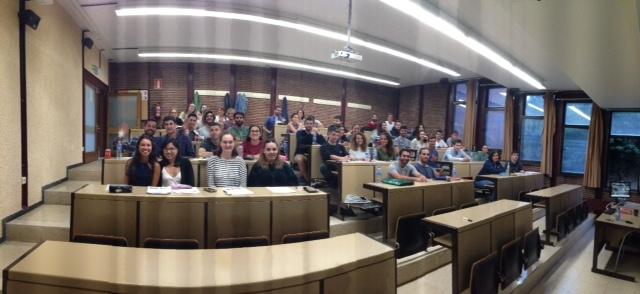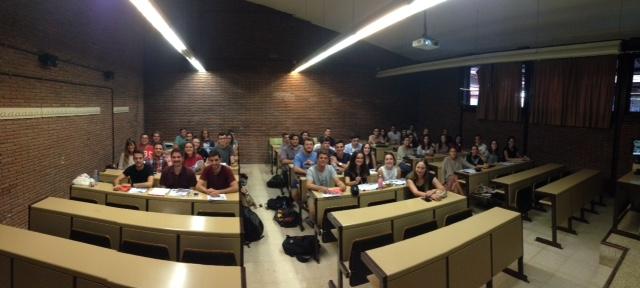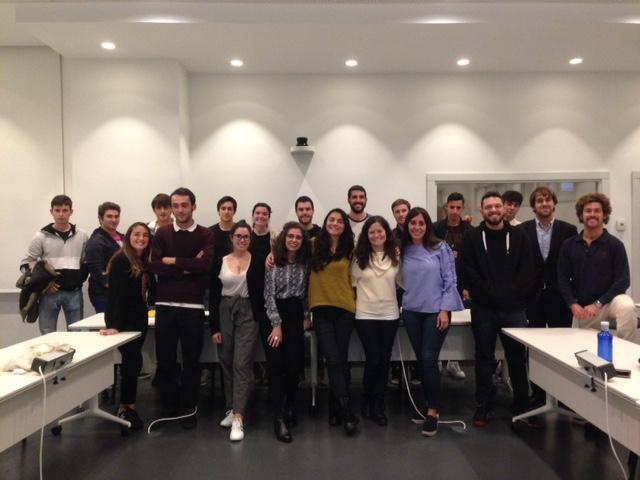May
16
2017
- By German Anitua Azkarate
- Rating:( 4394 votes )




The perennial and elongated shadow of Schumpeter
Among many of the contributions made by Schumpeter in the field of economics perhaps he is mainly known for his famous two words: "creative destruction". While it is true that in order to give meaning to every word we must also understand the context in which the word rest itself, I believe that this has not been the case with Schumpeter´s term of "creative destruction".
On page 83 of Schumpeter´s book "capitalism, socialism and democracy" we read the first reference to the term "creative destruction" as an essential process of capitalism. However, it is on page 84 that we can read the complete sentence in which these two words have been repeated. "A perennial gale of creative destruction".
Let us now consider this phrase in its global sense. The word "perennial" means constant. To understand the word "gale" we should make reference to the Beaufort scale. Under this scale "gale" is defined as a one-way moderate to strong speed wind gusts, without neither reaching the storm nor the hurricane scale. The words "creative destruction" are understood under the definition that something must be destroyed so that something can be created.
Of the full meaning of this famous phrase we interpret the Schumpeterian entrepreneur as one who by means of intermittent and unidirectional initiatives destroys while creates.
However, what was the reason why Schumpeter chose these four words to build his famous phrase? Why has it been his work as replicated and referenced instead to the work of his other colleagues also from the Austrian school?
The phrase "a perennial gale of creative destruction" appeared for the first time published in the year 1942, although probably Schumpeter had devised it during the 1930s while he was working on this and other articles/books. However, it is striking to know that from 1926 to the year 1937, although some authors argue that was until the day of his death, Schumpeter was immersed in a deep depression due to the death of his second wife, Anna, during childbirth. It is during these dates on which Schumpeter came to write his famous phrase.
In my opinion, the origin of the phrase is based a lot in his depressive state at the time, and yet, it is on the basis of this emblematic phrase on which many governments have formulated their policies to support entrepreneurship in the hope of creating "entrepreneurs" that will create new opportunities, and thereby boost the economy of each country. However, and in view of the complexity of something like that would happen often enough to be able to alter the economy of a country (we have to understand that Schumpeter already argued the complexity of such a fact with the word "Gale"), many other governments set their policies of economic development following Kirzner´s line of thought, who unlike the Schumpeterian entrepreneur that creates opportunities, Kirzner´s, on the contrary, describes how the entrepreneur is in a stage of "alertness" to new opportunities.
Many historians have argued that the reason why the work of Schumpeter and his influence has been greater than that of other thinkers of his time (perhaps even more accurate than him) was due to Elizabeth, the woman he married for the third time and who helped him popularize his work.
The question that remains open is, what have been the countries that have received a greater return to the investment made with their policies for the promotion of entrepreneurship? Have been those who have promoted the Schumpeterian style looking to create "disruptive and opportunistic entrepreneurs" or, on the contrary, have been those who have promoted the Kirznerian style, seeking to create serial entrepreneurs?
After more than 15 years of investment in entrepreneurship significant differences are beginning to appreciate. However, a well-defended response to that question could be found if we study the possible relationship between the kind of entrepreneurship policy fostered by each country, and the type of economic organization of the country itself. Following this relationship we could guess that those countries organized under liberal economies and that have understood the implications of Schumpeter´s message from start have chosen a hybrid model of development; while those coordinated market economy countries have opted a Kirznerian model exclusively. The rest of the countries have followed the most popular trends.
Now we just need to see and live the effect of each decision taken on the economic reality of each country and to determine if the bet to support entrepreneurship as a public policy will be maintained during the following years under the same circumstances, or on the contrary, it will vary.

Rate this post:





















